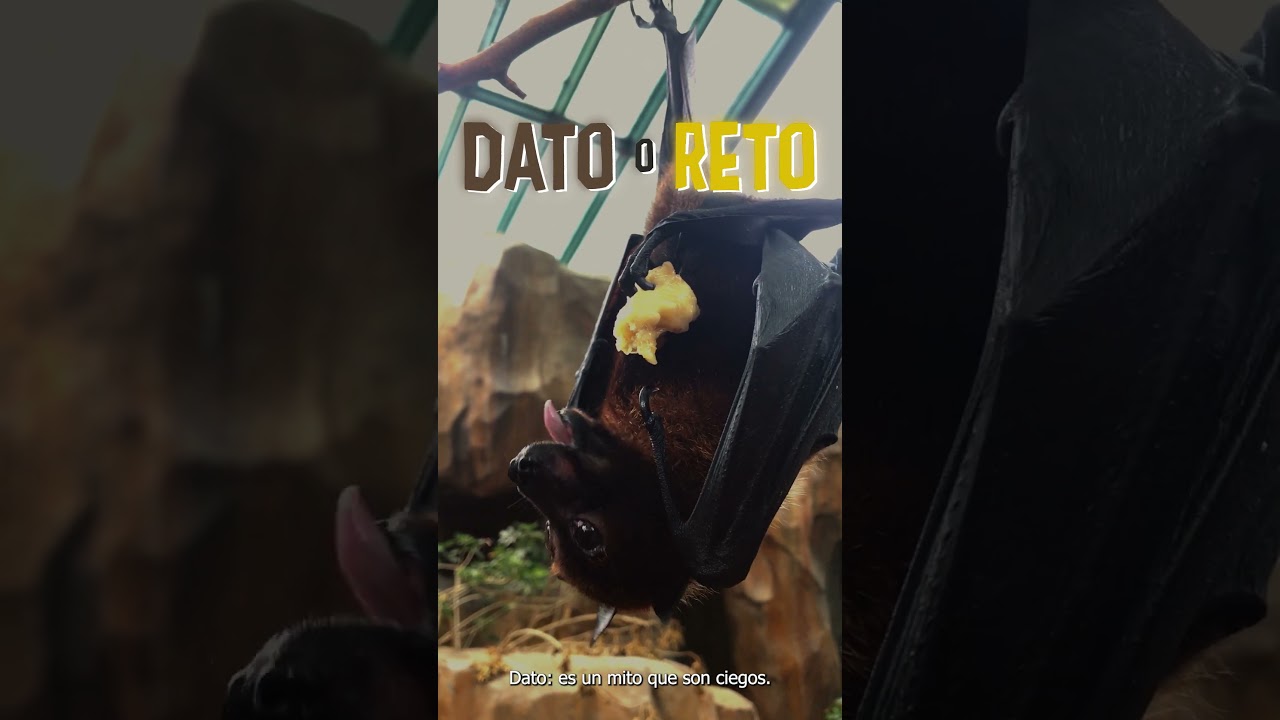- Discover incredible insights about bats and their conservation at Camino del Guardián in Temaikèn.
- The role of Temaikèn in promoting wildlife conservation and education about bats.
- Understanding bats’ ecological significance and the conservation challenges they face.
- The impact of interactive exhibits and educational programs on public awareness of biodiversity.
- The intersection of zoo management, wildlife conservation, and public education in contemporary zoological contexts.
Temaikèn Biopark in Argentina is a beacon for biodiversity preservation and public education. One of its standout features is the "Camino del Guardián," a path dedicated to unveiling the remarkable life of bats and emphasizing their ecological importance. This venture reflects Temaikèn’s commitment to wildlife conservation, combining education with conservation efforts to foster greater understanding and appreciation of bats, creatures often misunderstood and feared.
Temaikèn plays a crucial role in wildlife conservation by focusing on lesser-appreciated species like bats. These flying mammals offer countless benefits to ecosystems, acting as pollinators, seed dispersers, and pest controllers. The educational efforts at the Camino del Guardián aim to change perceptions about bats, highlighting their positive impact on the environment and the urgent need for their conservation.
Bats hold pivotal positions in several ecosystems. For instance, fruit bats facilitate plant reproduction by dispersing seeds far from the parent trees, which is essential for forest regeneration. Meanwhile, insectivorous bats significantly control insect populations, providing natural pest regulation that benefits agriculture and reduces the need for chemical pesticides. At Temaikèn, these ecological roles are explained in detail, providing visitors with a comprehensive view of bats’ value beyond common misconceptions.
However, bats face numerous threats worldwide, ranging from habitat destruction and climate change to diseases such as White-nose Syndrome. These challenges put pressure on bat populations, leading to declines that could alter ecosystem dynamics. Temaikèn’s educational programs strive to address these issues, informing the public on how conservation efforts can mitigate these threats. By learning about how to create bat-friendly environments and support conservation initiatives, visitors are encouraged to become active participants in bat preservation.
Interactive exhibits and educational programs enhance public awareness of biodiversity by making learning both engaging and accessible. The Camino del Guardián employs a variety of methods to educate its guests. Through multimedia presentations, hands-on activities, and guided tours, visitors not only gather factual information but also experience the wonder of these nocturnal creatures vividly and memorably. These interactive elements are crucial for sparking curiosity and instilling a sense of responsibility toward wildlife conservation.
Zoo management today increasingly includes public education as a critical component of conservation strategy. This approach is evident in Temaikèn’s operations, where conservation messages are interwoven with visitor experiences. The integration of well-crafted educational narratives within the zoo landscape challenges traditional concepts, suggesting that modern zoological parks can be dynamic platforms for conservation advocacy. Facilitating visitor understanding of the interplay between wildlife and human activity encourages ongoing dialogue about sustainable practices and environmental stewardship.
By fostering meaningfully engaging experiences, Temaikèn stands as a model for other zoological institutions aiming to balance entertainment with education. Its initiatives, like the Camino del Guardián, underscore the importance of raising awareness and promoting actionable conservation solutions. Through blending visual appeal with substantive content, the biopark not only captivates its audience but also leaves them equipped with knowledge and inspiration to take positive action for the planet’s biodiversity.
In emphasizing the ecological and cultural significance of bats, Temaikèn challenges visitors to rethink preconceptions and contributes to a broader understanding of nature’s intricate networks. The educational impact of the Camino del Guardián lies not just in its informational content, but in its capacity to transform visitors into advocates for a sustainable future. Therefore, the biopark remains a vital link between science, conservation practice, and public engagement, a testament to the power of education in shaping how we interact with the natural world.
*****
Source Description


